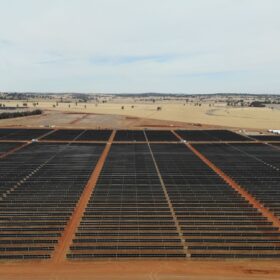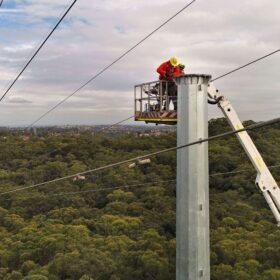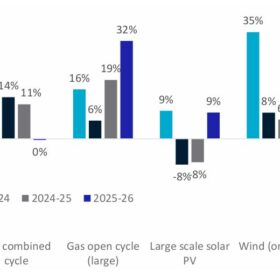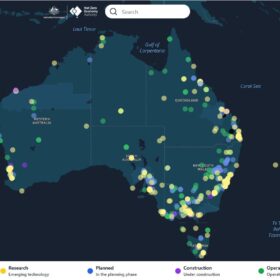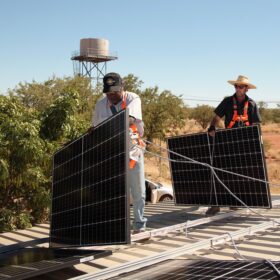Neoen to tap new Telsa tech for South Australian battery project
Neoen Australia has launched construction of its third big battery in less than 90 days, helping accelerate the nation’s energy transition with 20 GW of utility scale solar, wind, gas, batteries and pumped hydro now either commissioning or under construction across the National Electricity Market.
Flow Power reaches financial close on first standalone battery
Renewables developer and electricity retailer Flow Power has reached financial close on its Bennett’s Creek battery energy storage project being developed in the heart of Victorian coal country.
Ambrion launches new all-in-one storage solutions
The Australian firm has introduced single-phase 5 kW and 6 kW AC output storage systems, as well as three-phase 10 kW and 12 kW models. Storage capacities of the new products range from 5 kWh to 40 kWh.
Venergy completes 4.4 MW rooftop solar rollout for Stockland
Venergy Solar has completed what it says is one of the largest embedded network solar projects in Australia with 1,120 rooftop PV systems installed across four of property developer Stockland’s land-lease communities in Victoria.
Potentia pushes energisation button on solar-battery hybrid project
The first solar-battery hybrid facility approved in the National Electricity Market, the $190 million Quorn Park Solar Hybrid project developed by Potentia Energy in New South Wales, has been energised.
Facilitating DER/CER in Australia’s two-way energy system: report
The Australian Energy Regulator has released its third annual export services network performance report on facilitating consumer energy resources in Australia’s two-way energy system.
1 GW transfer capacity unlocked by existing Hunter region network upgrades
Electricity distributor Ausgrid will unlock 1 GW of transfer capacity from the Hunter-Central Coast Renewable Energy Zone by upgrading its existing distribution poles and wires, instead of building of building new ones.
Researchers unmask fast charge potential of hard carbon anodes
Japanese researchers have found sodium-ion batteries using hard carbon anodes can intrinsically charge faster than lithium-ion batteries, challenging long-held assumptions in battery research.
Renewables remain lowest-cost option says CSIRO report
The national science agency’s latest update on the cost of meeting Australia’s future power needs has again found firmed renewables provide the lowest-cost option for electricity generation.
New tool tracks Australian government renewable energy investments
The agency tasked with helping manage Australia’s move to a net-zero economy has launched an interactive map featuring more than 800 Commonwealth-supported utility scale renewable energy and net-zero projects, transmission lines, and industrial projects.




